Gaggia Classic Pro
Retail Price
$449.00
Lowest Price
$457.00
Release Date
1991
The Gaggia Classic Pro is a great espresso machine for a reasonable price. Though it might lack the modern design and fit-and-finish, performance-wise, it makes a good coffee. It offers an excellent brewing performance improved by the commercial steam wand. It’s a great choice for a semi-automatic espresso machine and a compelling budget-oriented choice for experienced users, and the most affordable in the market for its kind.
Purchase Links
Overview
- Value
- Beginner - Friendliness
- Design Revolution
- Drawback
- Performance
- Better Option
- Overview
- Entry Level Machine Features
- Italian - Made
- Design & Build
- Recommendation
- Verdict
- Positive
- Negative

oneblackened

allawd

Whole Latte Love

ramenmcv

Gear Lab - Max Mutter and Michelle Powell

Jeremy Siers

993brga

Jeremy Siers

Jeremy Siers

Jeremy Siers
expert reviews - Sasha Muller
Pros & Cons
- Pros
- Cons
- Do Not Buy If
- Positive
- Negative

Sasha Muller

Home Grounds - Julia Bobak
Build & Design
- Accessories
- Basket
- Boiler
- Build
- Buttons
- Clearance
- Color
- Commercial Wand
- Cup Warmer
- Design
- Drip Tray
- Gasket
- Group Head & Portafilter
- Housing & Reservoir
- Pressure & Temperature
- Pump
- Shower Screen
- Simplicity
- Size
- Small Footprint
- Spout
- Steam
- Tamper
- Valve
- Weight
- Positive
- Negative

Jeremy Siers

The Real Sprometheus

Jeremy Siers

Whole Latte Love

Home Grounds - Julia Bobak

Whole Latte Love

Jeremy Siers

Whole Latte Love

Gear Lab - Max Mutter and Michelle Powell

Jeremy Siers

Jeremy Siers

The Real Sprometheus
expert reviews - Sasha Muller

The Real Sprometheus

Jeremy Siers

Jeremy Siers
expert reviews - Sasha Muller

Jeremy Siers

Jeremy Siers
Features & Performance
- Convenience
- Durability
- Extraction
- Heating
- Milk Steaming
- Noise
- Performance
- Process Performance
- Steaming Performance
- Temperature Performance
- Set-Up
- Taste
- Temperature Surfing
- Timer - Water Temperature
- Usage
- Positive
- Negative

Jeremy Siers

Jeremy Siers

The Real Sprometheus

Jeremy Siers

Home Grounds - Julia Bobak

Whole Latte Love
expert reviews - Sasha Muller

eweijs

Gear Lab - Max Mutter and Michelle Powell

Gear Lab - Max Mutter and Michelle Powell

The Real Sprometheus
expert reviews - Sasha Muller

Gear Lab - Max Mutter and Michelle Powell
Cleaning & Maintenance
- Cleaning
- Descaling
- Positive
- Negative

Gear Lab - Max Mutter and Michelle Powell

Gear Lab - Max Mutter and Michelle Powell
Comparison
- Gaggia Classic Pro vs Bambino
- Gaggia Classic Pro vs Breville One
- Competition
- Positive
- Negative

DeadSpaceRaven

Jeremy Siers
expert reviews - Sasha Muller
Miscellaneous
- Concern - Portafilter
- Expectations
- Improvements
- Lack - Pid Controller
- Modding
- Upgrade
- Value
- Positive
- Negative

Whole Latte Love

DSou7h

Whole Latte Love

Jeremy Siers

Gear Lab - Max Mutter and Michelle Powell

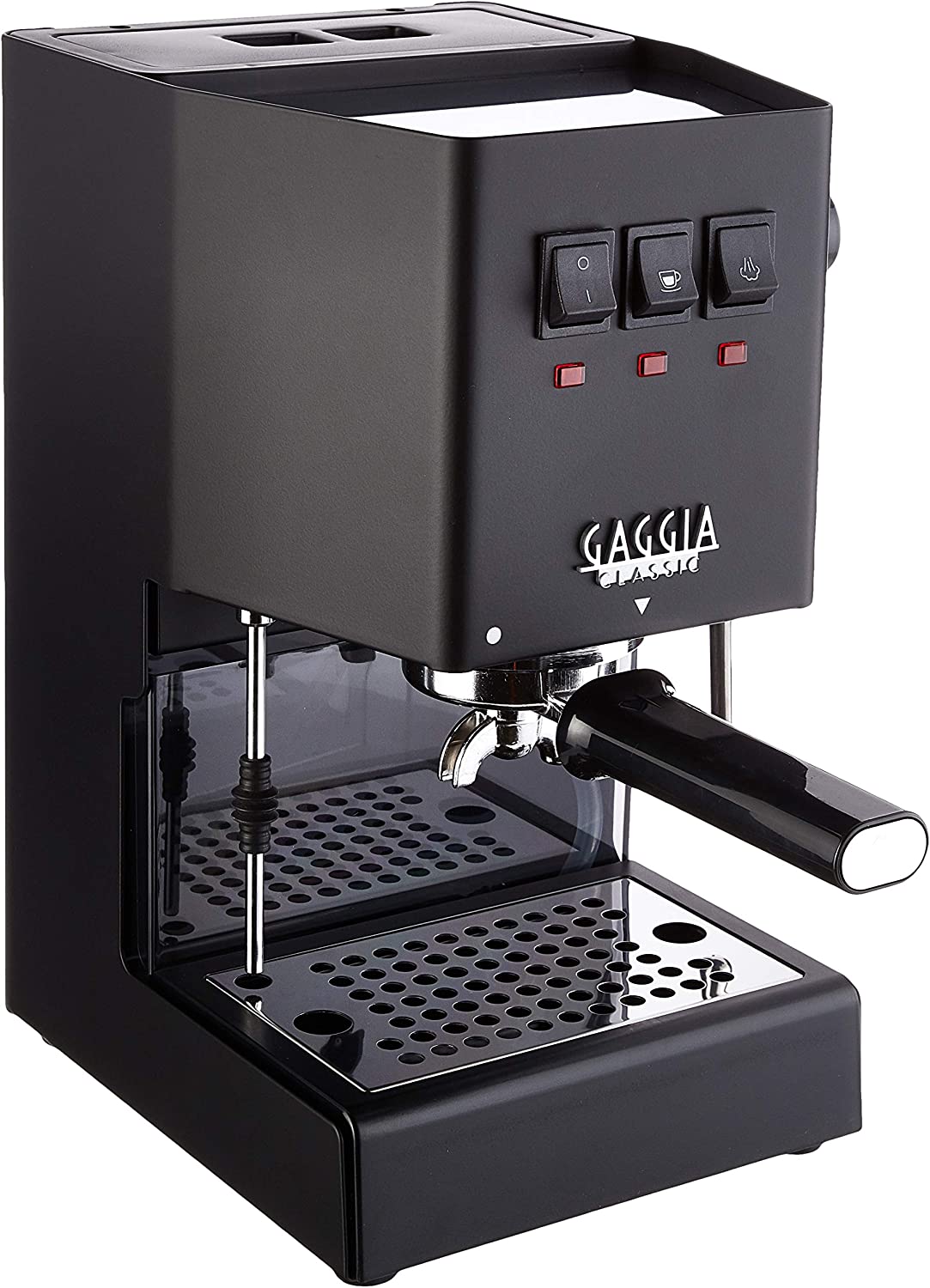
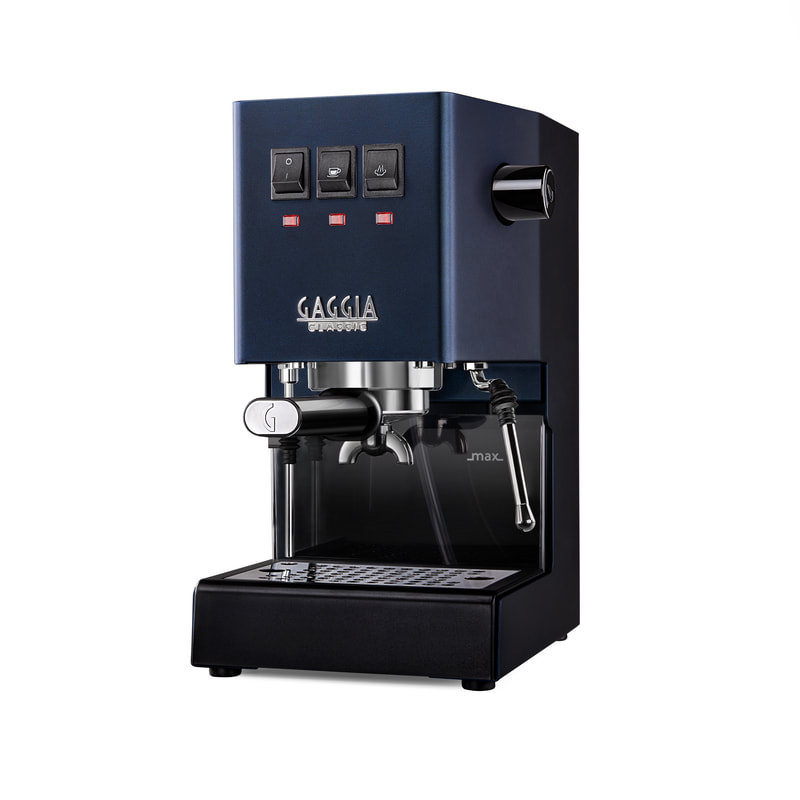
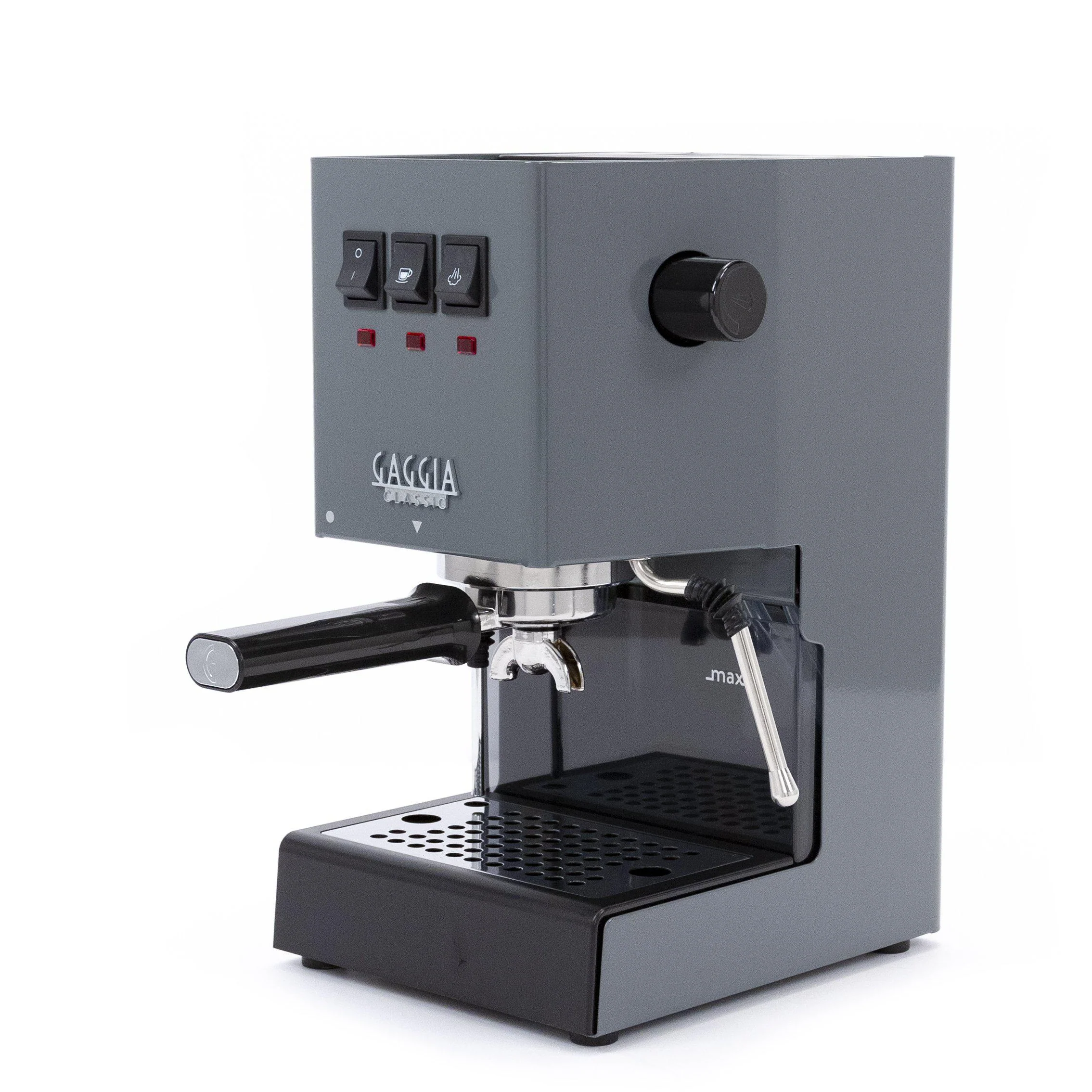
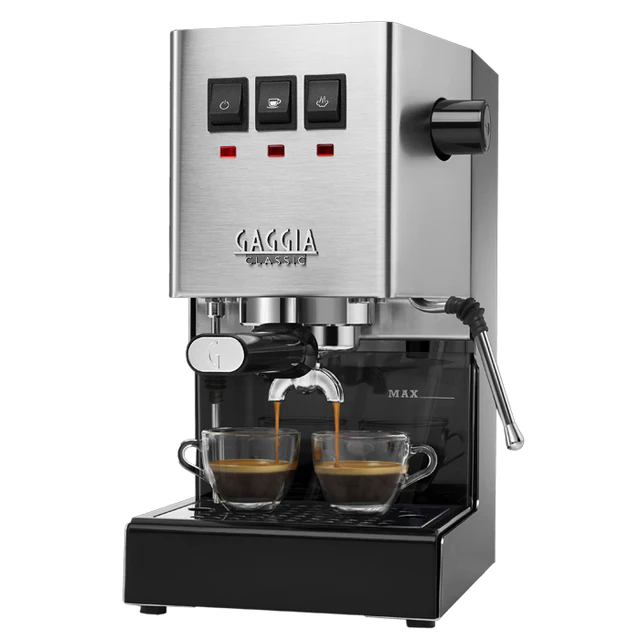

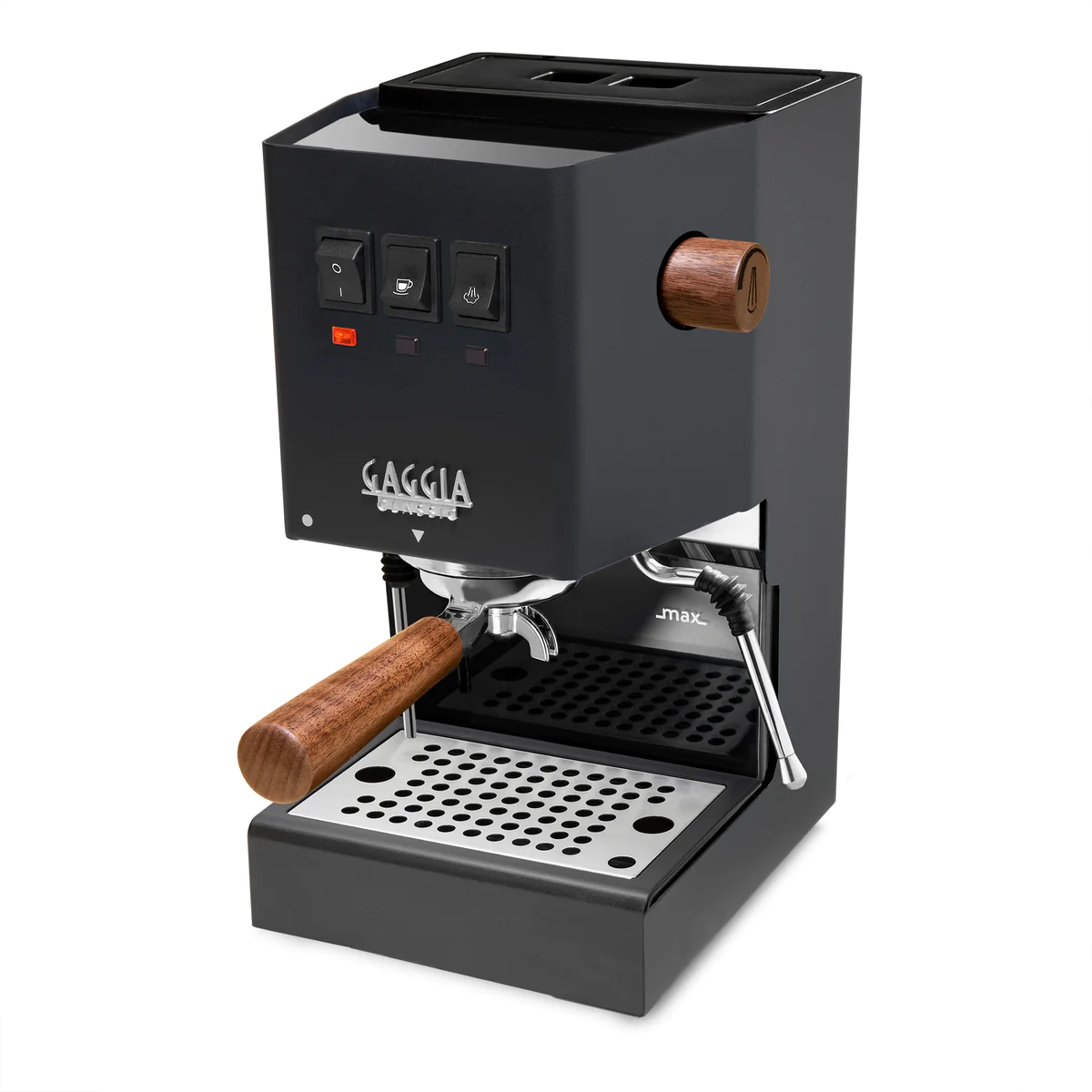
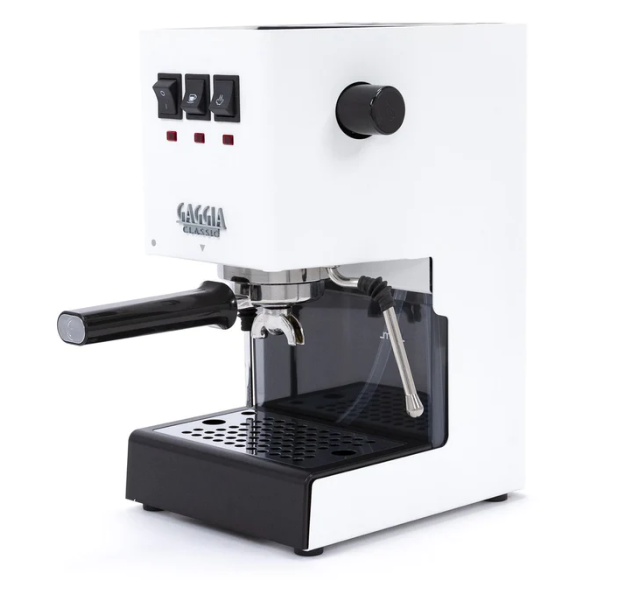
Comments